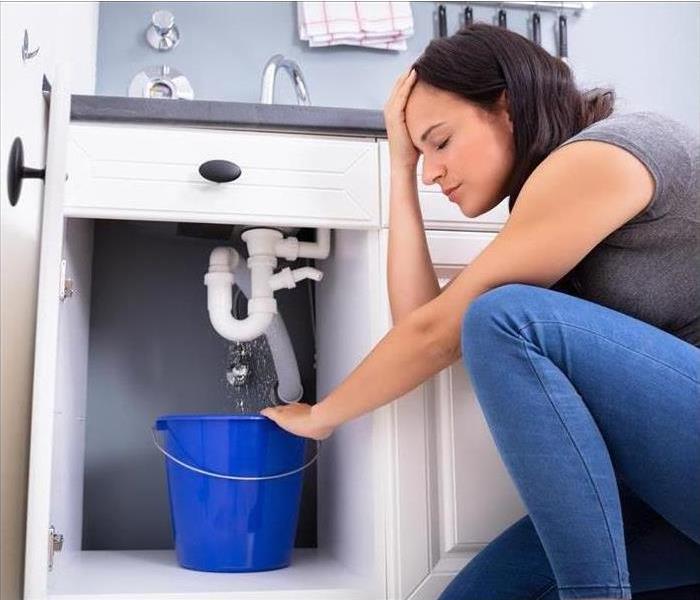Can Wet Materials Be Salvaged?
6/7/2022 (Permalink)
Routine home maintenance is a good way to identify a water loss. If a sudden loss occurs in your clients' home in Clearfield, UT, however, it can cause a lot of damage such as swelling wood in a short amount of time. The water restoration experts you recommend to your clients can lower the cost of their claim by identifying materials that can be dried rather than replaced.
Identifying Contamination Level
One factor that determines whether materials must be torn out is the level of bacteria present in the water. There are three main levels of contamination that can occur in homes:
- Category 1 - clean water from a pipe or supply line
- Category 2 - dirty water from an appliance leak
- Category 3 - contaminated water from sewage or storm flooding
The cleaner the water, the more likely it is that affected materials will be able to be saved. For example, wet drywall can usually be dried thoroughly. If, however, the wall is also laden with bacteria, it may need to be torn out and replaced, which will likely result in a higher claim cost.
Determining Saturation Level
Hardwood floors are particularly susceptible to water damage. Swelling wood or buckling floorboards are both telltale signs that the flooding has damaged the floor beyond repair. In addition to quick water pipe repair, early detection is the key to minimizing the risk of this happening. The longer standing water sits on the floor, the more damage it causes. When you make SERVPRO a preferred vendor, you can rest assured that the technicians will arrive in a timely manner so that they can catch water damage before it goes too far.
Your clients may not be able to avoid replacing swelling wood or contaminated materials, but a lot of water damage can be repaired if they catch it early enough. Referring them to reliable mitigation experts reduces their claim and thus your payout.




 24/7 Emergency Service
24/7 Emergency Service
